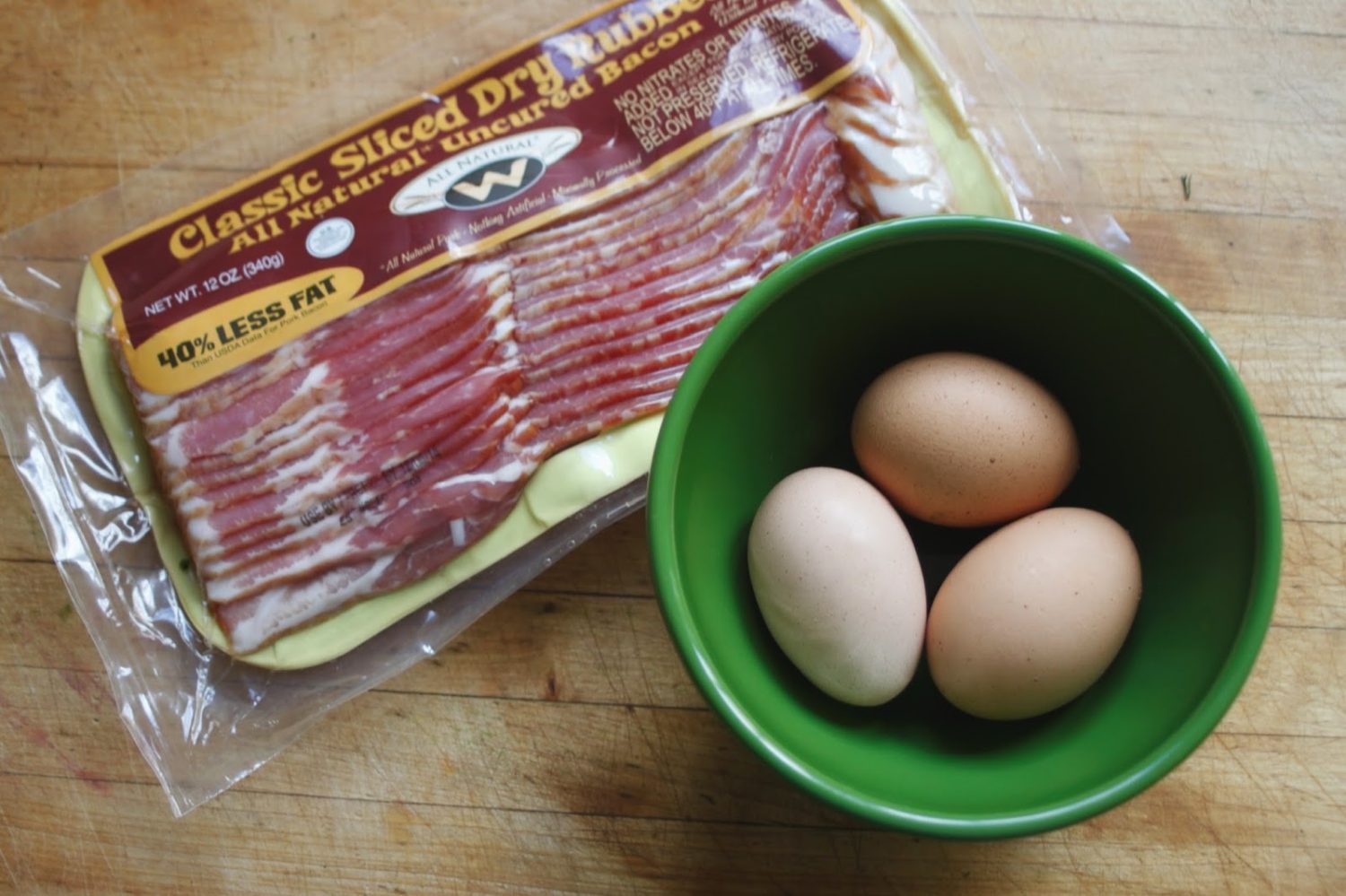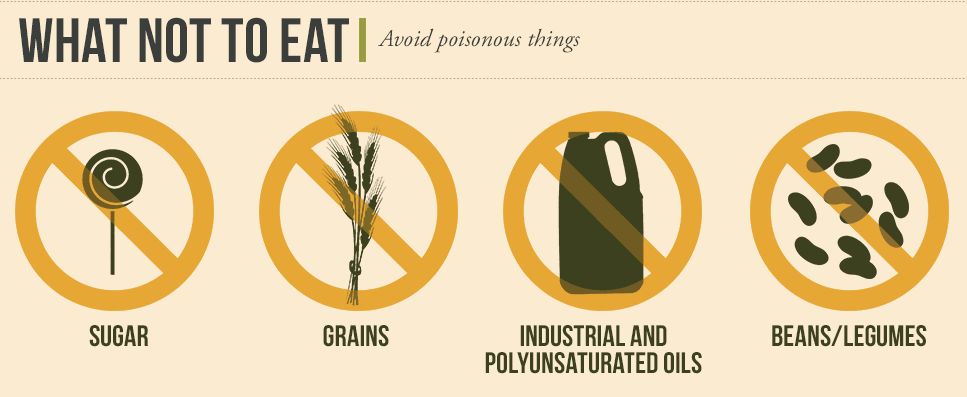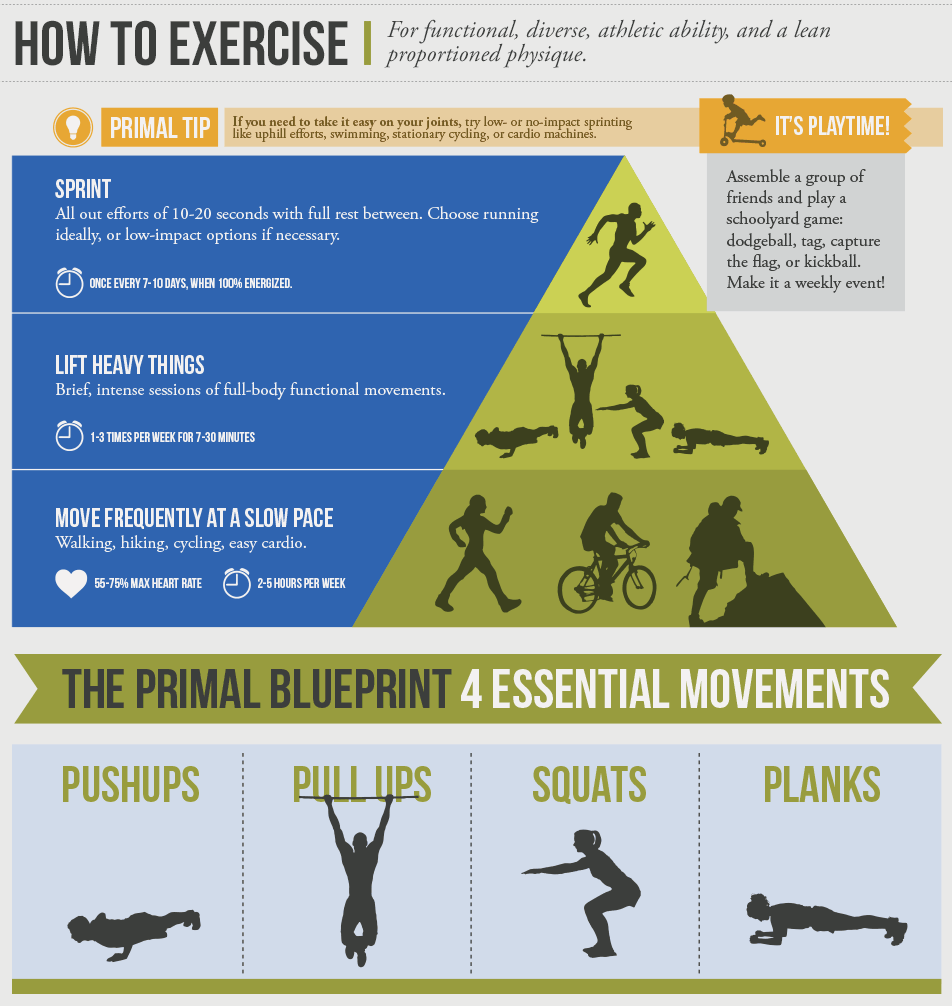
In today’s modern society, when most people think of “energy” or daily “fuel,” carbs, sugar, and energy drinks all seem to come to mind. Yet if you were to also ask the same group of people how they were feeling at that given moment, it probably would be somewhere along the lines of tired, worn out, needing a nap, or just wanting some type of “pick me up” (usually in the form of a mocha or protein bar). While all of these things might seem like they do our bodies good for a moment, in reality, they are not doing half of the things we have been tricked into believing. In today’s post, I will discuss how our bodies use fat, and why they prefer this essential food group over carbohydrates any day. If you have just tuned into my FAT Phobia series, you can read parts 1 and 2 here and here.
A Body Made for Fat
Though it is true that glucose is essential for muscle and brain function, it does not necessarily need to be obtained through external dietary sources for our bodies to properly function. In fact, we were not designed for a constant intake of carbs, as can be observed by our ancestors thousands of years ago who, before the beginning of civilization, obtained adequate amounts of natural carbs through seasonal fruit and vegetables. However, these sources were not always available, as people merely stocked up on carbohydrates in the summer as a way to survive future famines and long, wintery months where food was limited, and if anything, mostly in fat and protein form. This is in large contrast to today’s world, where processed foods are not only continually made and consumed in excess amounts, but are also much higher in sugar and carbohydrates than any natural, whole foods source that our ancestors may have eaten hundreds to thousands of years ago.
If hunter gatherers relied on their “four o’clock” snack to get them through the work day, or a “post-workout” shake to help them go out and hunt again, they would have been in major trouble. In modern society, our bodies have come to fully rely on foods full of sugar and carbs, and are left feeling as though we are “starving” without them. However, this is just one of the consequences from living in a grain-based, carb dependent world, and ultimately is making everyone into a “sugar burner.” Though this is great for industry and marketing sales, it is the last thing our bodies want to happen.
Fat vs. Carbs
Unlike fat, carbohydrates (in any form) are converted by the liver into glucose, which when entering the bloodstream, prompts the pancreas to produce insulin as a way to regulate how this blood sugar is utilized. Our bodies naturally first use glucose as energy, with the excess being directed into our liver and muscles to be stored in the form of glycogen. However, this storage space is very limited, and once maxed out, makes insulin receptors tired of trying to do their job, thus becoming “resistant” and pushing any incoming glucose into fat cells. It is here that incoming calories (regardless of the type) become locked up and useless, and are otherwise known as triglycerides. This hoarding component of fat initially caused by excess carbohydrate intake creates a variety of inevitable and (or) seemingly invisible issues such as weight gain, stubborn fat, damaged cell membranes, depleted and fatigued muscles, cravings, cramps, exhaustion, decrease in athletic performance, anxiety, eating disorders, and many diseases such as type 2 diabetes and heart disease.

When little is known about the word “keto,” red flags are usually instantly sent off in one’s minds. However ketones, or a state of “ketosis” is not at all dangerous and should never be mistaken for “ketoacidosis.” Ketones on the other hand, are our bodies preferred source of fuel that are made in the liver when glucose and blood insulin levels are low. Before going on, I would like to point out that our bodies only need 150 grams of glucose to preform properly, which can be more than fulfilled through a nutrient rich diet of protein, veggies, and fruit. In fact, once we get our bodies away from the lie that is “carb dependency,” our requirements go down to only 50 grams, as ketones (an alternative fuel source) are produced by the body on its own (no protein shakes required). One prime example of this process is our liver that, through gluconeogensis, is able to produce ample amounts of glucose without utilizing the bloodstream, via ingested fats (aka no blood sugar spike). However, if glucose and insulin levels are high, the body is unable to create ketones, making them completely absent from the average American. Instead, ketone production is suppressed, leaving individuals highly sensitive to having routine meal times and dietary fueling of carbohydrates. However, this is not the way our bodies were intended to run, but instead, where meant to be fat-adapted. Being keto-adapted does not mean your body is in a state of constant hunger (as is the actual case for the standard American diet) but instead, able to burn ketones efficiently, cleanly, and without any stress or thought. Not only does this state calm inflammation throughout the body, but ideal body weight is obtained, athletic performance and endurance is increased, and an overall state of well-being is obtained. However, one can not simply become fat-adapted by restricting carb intake, as this only strips the body of lean muscle tissue, causes severe cravings, fatigue, and stress, due to the brain still believing it is lacking the necessary glucose and amino acid requirements to survive. Yet it takes only 21 days to break this sugar-burning cycle, none of which includes obsessive exercise or starvation dieting.
Calling all Athletes
As a prior athlete, I am well aware that carbs are viewed as one of the greatest ways to build muscle and preform stronger. However, this dependency on carbs does the exact opposite of the two main things we are looking for; endurance and strength. Relying on limited blood glucose and muscle glycogen stores leaves one without a sustainable energy source due to the body not having a large storage capacity. Once these sources are depleted (which happens relatively quickly), an unhealthy need for dietary carbs ensues in order to restock the muscle and liver that has just been weakened and depleted. Though you might like this “necessary” need for eating excessive amounts after a workout, you are ultimately doing your body the furthest thing from a favor, not building muscle, burning any fat (if wanted), or becoming the better athlete you were hoping for. A great example of glucose dependency would be a marathon runner who needs a mid-run snack to replenish glucose needs. It goes to show that chronic cardio eventually always leads to burnout, due to the high demand and stress on the body from not being able to correctly burn fat, causing high insulin, overall systemic inflammation, weight gain, and even the inability to “bulk up.” Learn more about slowing down and lifting heavy things here.

Never Ending Benefits
However, when one is fat-adapted, they are no longer relying on glucose and glycogen stores for energy, enabling them to tap into fat cells for stable, long term energy and (if wanted) muscle retention. There is no “low blood sugar” crashes, nor the need for the body to take amino acids from existing tissue, as it is already pre-programmed to create ketones when supplies are seemingly low. Instead of running on a treadmill like a hamster to get stronger and (or) lose unwanted fat, low intensity cardio, paired with high intensity sprint workouts is recommended for an ideal fat burning and a truly strong, healthy body inside and out. Another term for being keto or fat-adapted is what Mark Sisson has termed as being “primal.” This state of being promotes longevity by reducing cell division (the cause for cancer and other diseases), enhances cell repair, immune function, and optimized hormone production. Instead of trying to “ramp up” your metabolism by excessive exercise, starvation or a low-fat diet, turning back to how we were created to function by thriving off of real, untainted, natural energy sources (via fat, protein, veggies, and fruits), provides our bodies and mind with an ideal state of health. Fearing weight gain, chronic disease commonly associated with age, or any state of simply feeling undernourished and unsatisfied in this world, is not necessary. Though it seems we are literally born with the statement that carbs are essential to living and “fat is the devil” sketched into our brains, conventional medicine could not have gotten it any further from the truth. By writing this three part series, I not only hope to take the fear of fat completely away from individuals, but also the unnecessary stress that comes with living in a world so industrialized and programmed into only doing what society “recommends.” Living primal is all about being flexible in every aspect of life, as our ancestors did not have the same highly structured schedules as we do in today’s modern world. Being smart and intuitive about your body, not buying into food and medicine lies, excelling in athleticism and studies, regaining your health that has really always been there, being stress free, and ultimately living a full and long life, is truly what being “primal” is all about. Learn more about how what we were created to eat, move, and live here and here.